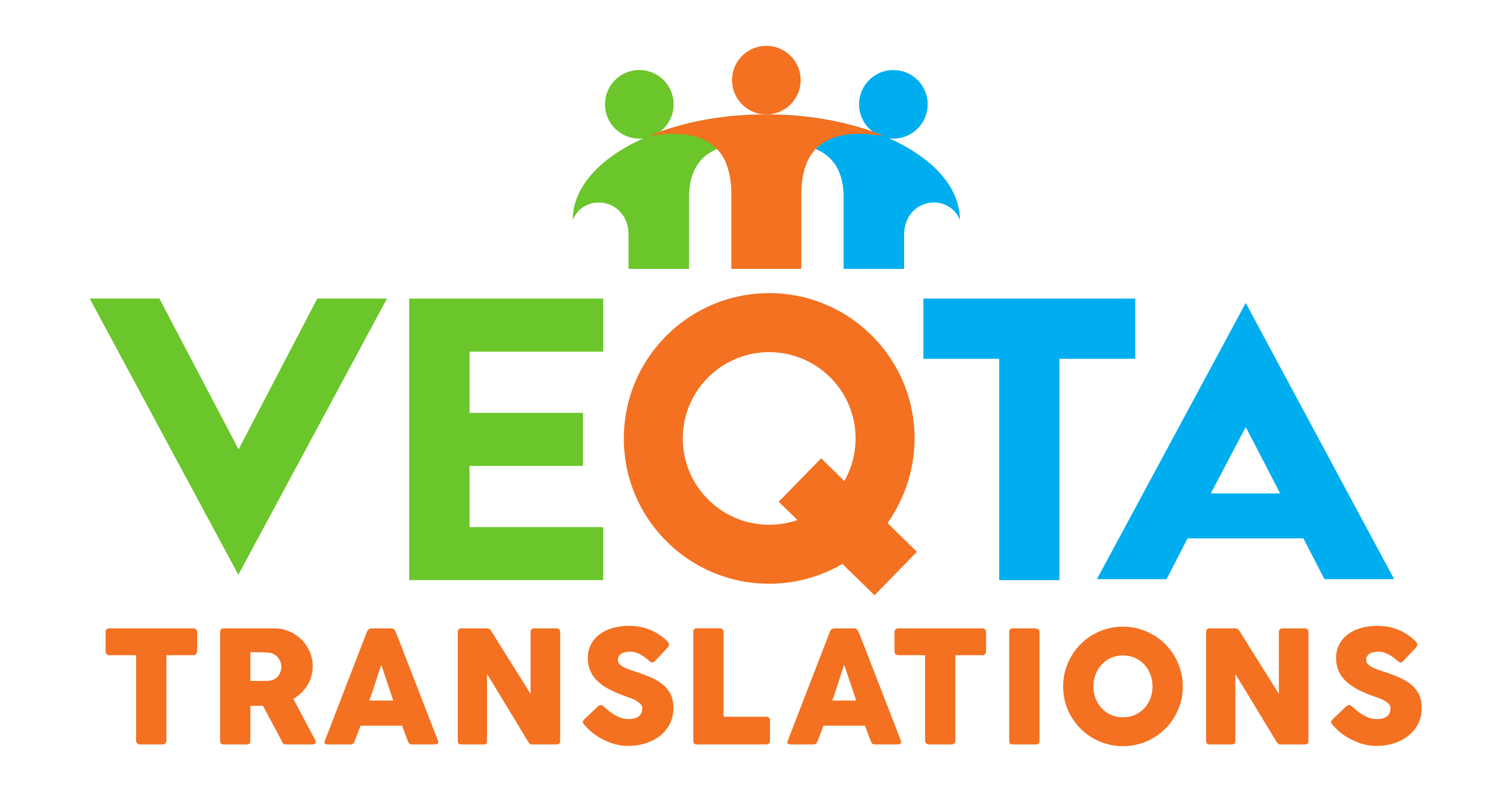How NGOs Can Ensure Accurate, Culturally Sensitive, and Impactful Translations
Introduction
If you’ve ever worked for an NGO—or partnered with one—you know that language is everything. A translated sentence isn’t just a sentence. It might be a legal protection, a community message, a cry for help, or an invitation to act. When your mission is tied to real people, real rights, and real change, you can’t afford to get the words wrong.
At VEQTA, we’ve worked with NGOs, grassroots movements, think tanks, and international organizations across Southeast Asia. And what we’ve learned is this: translating for NGOs isn’t like translating for businesses. It’s more delicate, more urgent, and more complex.
Here’s why—and how the right localization partner can help.
1. When Your Words Protect People, Clarity Isn’t Optional
NGO content can carry serious weight. It might be informing refugee families of their rights, outlining child protection protocols, or documenting environmental abuse for a global campaign.
Take UNICEF, for example. Their child safeguarding materials need to be clearly understood by teachers, community leaders, and social workers across dozens of countries — not just in English, but in Lao, Khmer, Bahasa Melayu, and beyond.
Or consider Amnesty International issuing urgent bulletins about detained activists or political prisoners in Myanmar or Cambodia. The smallest mistranslation could undermine legal action or public understanding.
Translation here isn’t about branding. It’s about impact and accountability.
2. The Tone Has to Carry Just as Much as the Message
Many NGOs work in sensitive spaces: gender rights, violence prevention, LGBTQ+ advocacy, displacement, abortion access. The language needs to reflect dignity, accuracy, and cultural respect—all at the same time.
For example, Save the Children might be running a campaign about girls’ education in rural Thailand. The language must be hopeful and empowering, without triggering local resistance. Or a women’s rights coalition in Malaysia may need to translate a sexual health guide in a way that’s respectful and culturally aware—yet still clear and honest.
These aren’t just linguistic tasks. They’re trust-building exercises.
3. Local Languages Don’t Always Come with a Built-in Toolkit
Many NGO campaigns operate in languages that don’t have massive commercial support: Shan, Rohingya, Karen, Khmer, Dusun, or indigenous dialects in southern Thailand.
These are languages where there may not be ready-made translation memories or large pools of certified linguists. And machine translation? Often useless or inaccurate.
That’s why we rely on real human linguists — people who know the region, the culture, and the context. Not just the language.
4. There’s Rarely Just One File to Translate
A typical NGO campaign might involve:
- A press release
- Social media posts
- A training manual
- A community poster
- A legal document
- A video script
Each format has its own tone, audience, and constraints. You can’t just “translate it all the same way.” And you definitely can’t assign it to a translator who normally just works on business content and hope for the best.
Think tanks like Brookings or ODI (Overseas Development Institute) may produce research that’s academic in English, but that needs to be adapted into accessible, actionable formats for community training or policy lobbying in Southeast Asia.
Consistency matters. But so does adaptability.
5. Teams Are Global, Timelines Are Tight, and Reviews Come from Everywhere
One thing we’ve seen again and again: NGO translation projects are rarely simple hand-offs. The comms lead might be in Geneva. The field officer might be in Yangon. The reviewer might be in New York. And the campaign is rolling out in 10 days.
Localization in this world needs excellent project management—and even better communication.
We don’t just drop files and move on. We ask questions, coordinate feedback, and clarify terms. Because in this space, it’s not just about speed — it’s about making sure every voice is heard.
6. Budgets Are Tight — But Corners Can’t Be Cut
We get it. NGOs have to stretch resources, and every dollar spent on services is a dollar not going directly to the mission.
But here’s the reality: bad translation ends up costing more—in confusion, in revisions, in misalignment, or in trust lost with the communities you serve.
That’s why we offer flexible, transparent pricing for NGOs. No surprises. No fluff. Just the right team for the job—and accountability every step of the way.
7. Language Should Reflect Your Values — Not Just Your Message
More NGOs are committing to inclusive language, such as:
- Plain language for community readability
- Gender-neutral phrasing where possible
- Person-first language (e.g., “people with disabilities” rather than “the disabled”)
- Respectful terminology around sexual health, gender identity, and trauma
That’s not just a writing preference—it’s a mission-aligned necessity. But here’s the challenge: some of these norms don’t map easily into every language. A literal translation might erase the nuance or miss the principle entirely.
Our job is to preserve that intent—and reflect the values that matter most to you.
Your Mission Deserves More Than Just a Word-for-Word Translation
Translating for NGOs means translating for change. It means making sure the right message reaches the right person, in the right language, in the right way—whether it’s an environmental call to action in Bahasa Melayu, a voter rights explainer in Indonesian, or a child safety manual in Khmer for Cambodia.
At VEQTA, we don’t just localize your content—we stand behind your mission.
If your organization is preparing for a multilingual rollout, public campaign, or internal training, let’s talk about how we can help you reach every community with clarity and care. Because when it matters this much, you can’t afford to just “get it translated.” You have to get it right.


